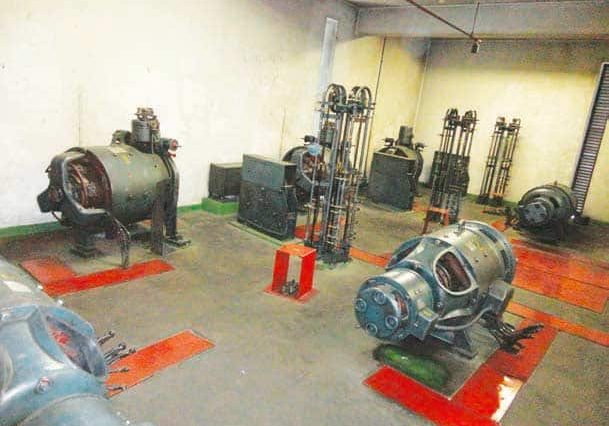Elevator and Escalator Rescue: A Comprehensive Guide — Second Edition
May 1, 2019
New version of peer-reviewed, student-targeted hardbound is the culmination of eight years of additional work by veteran reghters.
The second edition of the popular Elevator and Escalator Rescue: A Comprehensive Guide was recently released. Written by Theodore Lee Jarboe and John J. O’Donoghue, the book is a detailed manual dealing with elevator and escalator emergencies. There are many new features of the update, which include a complete review and updating of the previous 30 chapters and the addition of seven more. Coverage spans the evolution of elevators, from their most primitive stages to today’s high-tech innovations; destination-control systems; belt suspension; and modular, wind-turbine and pneumatic elevators.
An entire new section with the new chapters has been added. Titled “The Future,” it begins with a study of the ASME A17.1/CSA B44 Elevator Task Group, covering its history and process. A new chapter on occupant evacuation operation (OEO) and elevators that use OEO outlines technology and procedures that have been introduced since the 2007 edition. There are also extensive sample standard operating guidelines on the Firefighters’ Emergency Operation key switch, elevator emergencies and lockout/tagout with commentaries.
Other new chapters include a design guide for fire-service access elevators; a narrative sheet to ensure compliance requirements; and explanations of what they are, where they are found and building code changes to help safeguard the firefighters using them. Finally, the glossary of elevator and escalator terminology has been updated, and questions have been added to most chapters to test comprehension.
Now with 37 chapters in more than 300 pages, the book invites members of the firefighting community to attend elevator codes and standards meetings to help make members of both work safer and more e–ciently. Many elevator companies, organizations and individuals contributed both images and information, and the input from many firefighters, fire engineers and fire consultants help round out the broad panel that made the book possible. It is published by PennWell Corp. and sold through its websites and www.elevatorbooks.com.
| About the Authors |
| Jarboe passed away in February. A 40-year veteran of the Montgomery Country, Maryland, Fire and Rescue Service, he taught elevator rescue training for more than 30 years throughout the U.S. He was also an executive fire o–cer and member of the Institution of Fire Engineers, and codesigned an elevator pole in the early 1970s that is still in use. O’Donoghue retired from the Cambridge, Massachusetts, Fire Department in December 2004 after 39 years of service. He has been a member of the ASME A17.1/CSA B44 Emergency Operations Committee for the past 25 years. He also sits on the Massachusetts Board of Elevator Regulations for the Department of Fire Services and has served as an instructor at the state’s firefighting academy, where he has developed safe operations for firefighters dealing with elevators. |
Get more of Elevator World. Sign up for our free e-newsletter.








